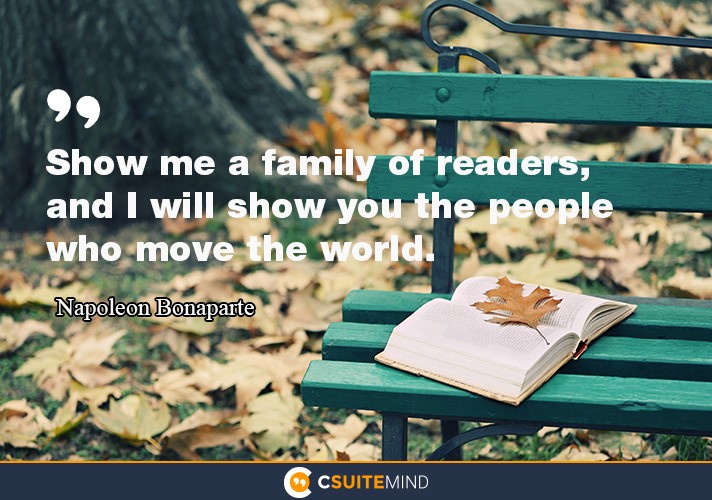This post is primarily for families with a child in grade one, but of course will be interesting and helpful to caregivers of all Quilchena students.
Our grade one teachers are Mme Bouchet , Mme Megan, and Ms Petrenko. These tips support their programs, built their years of experience teaching 6- and 7-year-olds.



Sleep: it is extremely important for children to get enough sleep as it directly impacts their mental and physical development.
-
-
-
-
- Make sure that students have a regular bedtime–even on weekends– that allows them to get at least ten hours of sleep a night.
- Thirty to sixty minutes before bedtime, all technology is turned off, and it’s time for reading and quiet music.
- Ensure the bedroom is dark, except for a night light, and no TV is allowed in the room.
-
-
-
Core strength: children who have less core strength have a hard time sitting still at desks and find it harder to sustain focus on active learning.
(From Jamie Spencer’s blog, Miss Jamie, OT)
Some indicators of poor core strength:
-
-
-
-
- Does your child change positions frequently?
- Do they lean on the desktop?
- Slump over?
- W Sit?
- Have difficulty paying attention?
- Use their “helping hand” to prop themselves up?
- Do they always lean on the wall, the couch, or you?
- Are they struggling to ride a bike or tie their shoes?
-
-
-
If the answer is yes, then it’s very likely that the child has poor core strength. Sometimes we are expecting too much of a child who simply doesn’t have the strength in their musculature to sit up for more than a few minutes. So they lean, slump, or fidget to try to get comfortable.
How to help develop core strength:
-
-
-
-
- Pumping legs to swing on a swing
- Walking, running, or biking to school
- Climbing on playground equipment
- Yoga, Karate, and Swimming
- Riding a bike
- Climbing trees
- Obstacle courses that you crawl through
- Crawling through tunnels
- Skateboarding, rollerskating, using a scooter board or razor scooter
- Chores that require heavy lifting: carrying laundry, groceries, etc.
- Chores that involve pushing/pulling: shoveling snow, sweeping, etc.
-
-
-
Students learn at different rates and in different ways, but these tips will support all our learners in being happy and healthy at school.
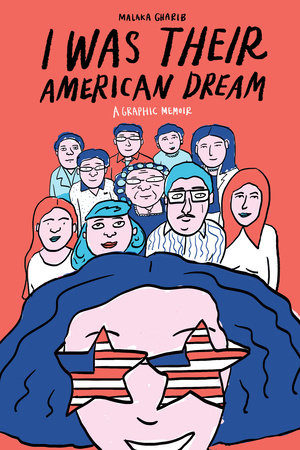
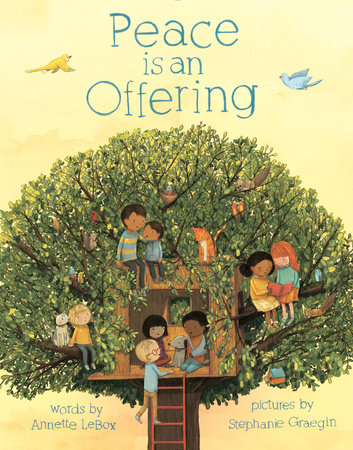
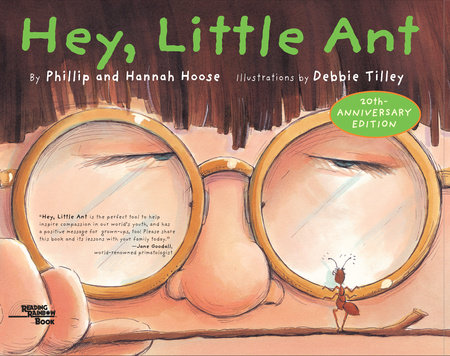
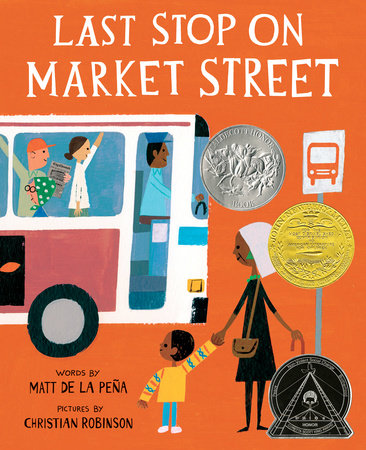
 I offer a possibility for a new tradition on Remembrance Day (I am likely not the first to take this path): Use this day as an opportunity to reflect on how compassion plays a roll in your life. Read some thought-provoking books about compassion and living a peaceful life, be intentional about sitting or walking quietly to think about where compassion often plays a roll in your life, and where it might be needed, or have some purposeful conversations with loved ones.
I offer a possibility for a new tradition on Remembrance Day (I am likely not the first to take this path): Use this day as an opportunity to reflect on how compassion plays a roll in your life. Read some thought-provoking books about compassion and living a peaceful life, be intentional about sitting or walking quietly to think about where compassion often plays a roll in your life, and where it might be needed, or have some purposeful conversations with loved ones. Pictured are a few of the books in the Quilchena library that are good conversation starters. Each image is linked to the book’s catalog record.
Pictured are a few of the books in the Quilchena library that are good conversation starters. Each image is linked to the book’s catalog record.